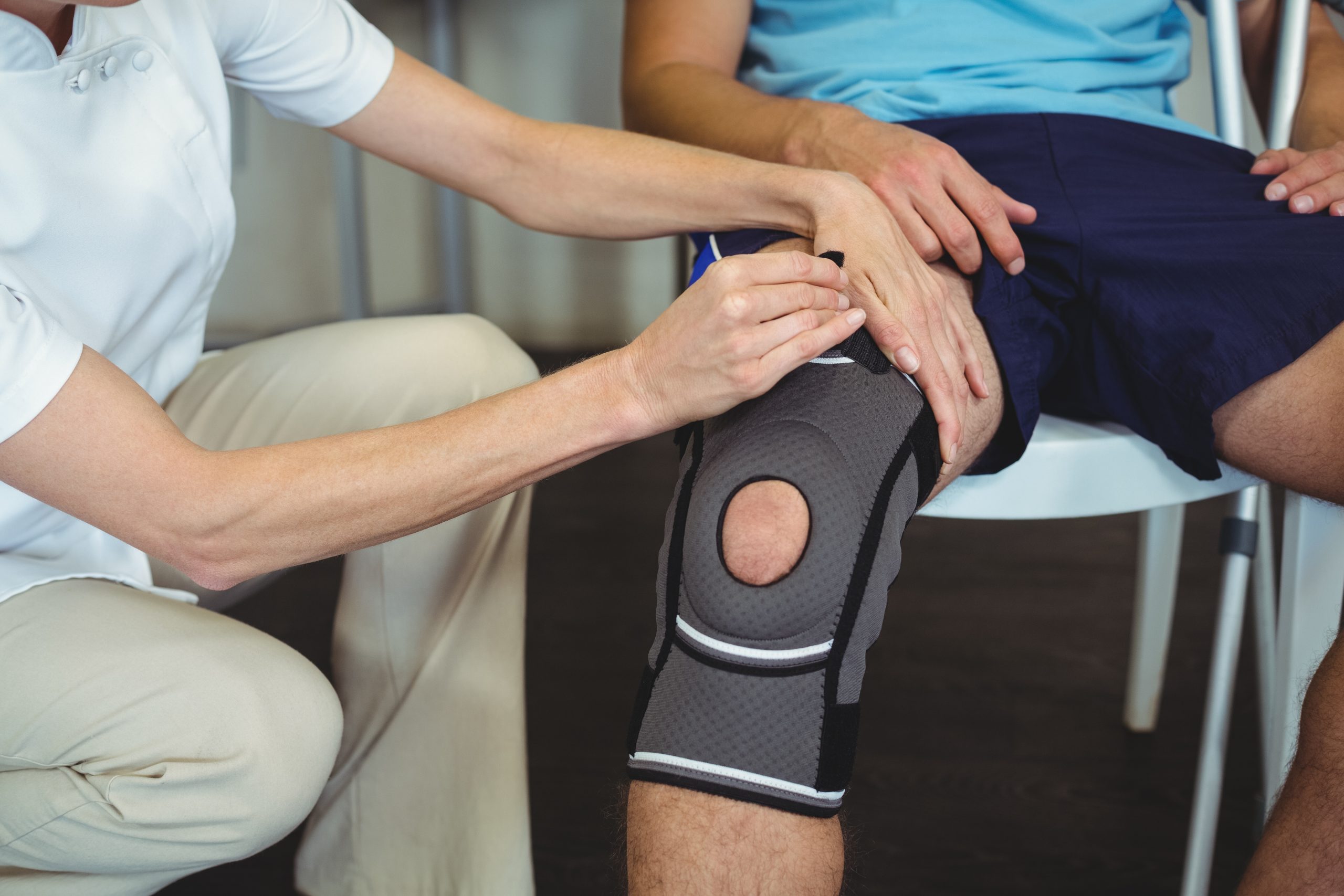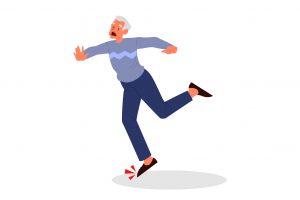
22 Dec Don’t Procrastinate When it Comes to PT
Many of us procrastinate when it comes to areas of our lives: laundry, organizing the junk drawer, and even making important health appointments. If you’ve been injured, it’s often tempting to try a ‘wait-and-see’ approach; however, this could end up affecting your recovery in the long run. While putting off that big load of laundry (usually) won’t have consequences, hoping an injury heals on its own often can.
Acute Injury: An acute injury is the period from the moment of injury through three-to-five days after, and the subacute period is about one to three weeks.
Chronic Injury: Generally, after three weeks, an injury can be considered chronic, although acute, subacute, and chronic can overlap (depending on the severity and type of an injury).
Often, what happens is for whatever reason a person decides that an injury isn’t “that bad” or it should “get better on its own.” Sometimes, people procrastinate seeking professional help after a few Google searches or social media questions. What can (and often does) happen is that the injury doesn’t heal as fast – or as well – as it might have with prompt physical therapy attention, and any underlying musculoskeletal issues go ignored.
One example: a badly sprained ankle. Let’s say you’re fairly sure it isn’t broken, and with rest and time it will heal and you’ll be ‘fine.’ You don’t see a physical therapist and eventually, your swelling goes down, your pain lessens, and your movement improves. Does this mean you didn’t need to see a physical therapist? No!
A different person with a badly sprained ankle who went for an immediate injury assessment received prompt expert care. That person learned how to care for the injury, what might have contributed to it, and how to help prevent it in the future, and exercises to strengthen, stretch, and improve the joint’s stability and surrounding tissue strength and flexibility. In fact, one severe sprain increases your risk of a future sprain. The more sprains you experience, the more unstable your joint becomes and you can even experience arthritis as a result. This is a great example of how quick care can improve your outcome.
It really depends on the nature of the injury what treatment is best. Sometimes the old standby of rest/ice/compression/elevation (RICE) is a good option, while other times movement can improve your condition (‘movement is medicine’). The problem is, it’s hard to know what might be best even with your internet search skills and well-meaning weekend warrior friends trying to help. A Physical Therapist, on the other hand, is an expert in the musculoskeletal system and movement, and will know the best treatment plan for your unique condition and injury, based on a thorough exam.
Our bodies are always trying to heal, but we can unknowingly make things harder on ourselves. Some of us even have conditions that affect healing or cause constant inflammation (autoimmune conditions, Rheumatoid arthritis, etc). By working with an expert from the beginning, you’ll have the benefit of receiving knowledgeable care instead of guess-work. Your Physical Therapist will work to help you decrease pain, improve mobility and movement, and prevent future injury.
Don’t postpone your healing and procrastinate your PT – especially when you’ll likely end up seeing us in the end! The sooner you get here, the sooner we can help you get back on track. Body One PT is locally-owned and operated with three locations serving Central Indianapolis: North Indy/Carmel, Fishers, and Zionsville. Our team of caring, expert Physical Therapists works with clients of all ages and activity levels and we’d love to get you back to feeling your best. Call or click today to start working with the best PT team in Indy!





